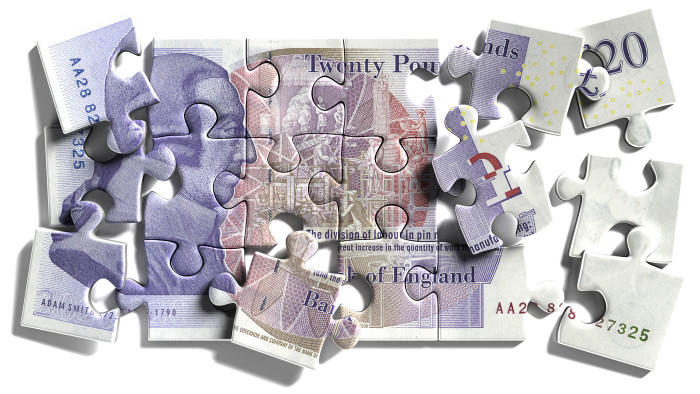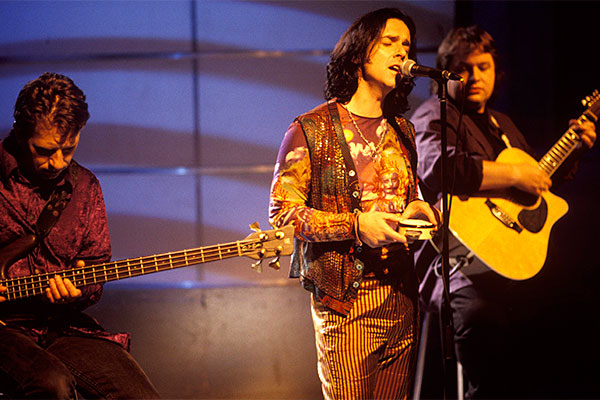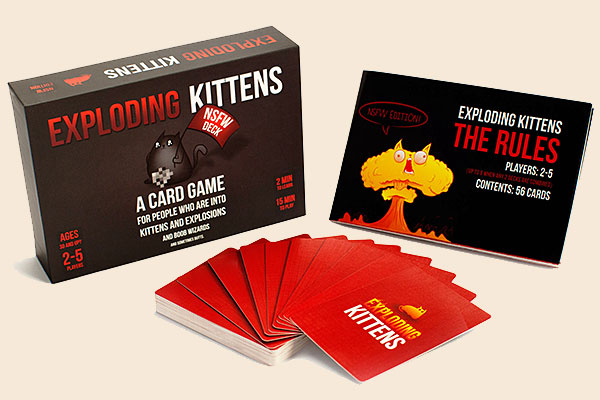How to get the most from crowdfunding — and the risks to avoid

Simply sign up to the Business education myFT Digest -- delivered directly to your inbox.
For something that is considered a very “now” way of raising money, crowdfunding has its roots in something very old-school: prog rock. It is generally acknowledged that modern crowdfunding was invented by Marillion, a band better known for “Kayleigh” (and a generation of girls bearing the name) than for technological innovation.
In 1997, short of cash to make its next album, the band emailed its 6,000-strong database of fans asking if they would buy the album in advance. Some 12,000 advance orders later, the album was made and the idea of offering perks in return for speculatively stumping up cash was born.
Two decades on and crowdfunding is part of the financial landscape for start-ups that want either to raise cash additional to venture capital funding, or to get a nifty idea off the ground. The main platforms are Kickstarter and Indiegogo, but there are many others, from GoFundMe, which is used for donations to personal projects, and JustGiving, which raises cash for causes and charities, to MyFreeImplants, which helps women to raise money to pay for cosmetic surgery. Would-be donors are exhorted to “help the women of your dreams achieve the body of their dreams”.

Christian Smith, founder of TrackR, which makes Bluetooth tracking tags for items from keys to pets, harnessing what he calls “crowd GPS” to locate lost items, used Indiegogo to raise more than $1.75m in 2014 to fund the business. However, that was supplementary funding: before taking to Indiegogo, Smith had already done a preliminary funding round and has since added more than $10m from venture capital. Meanwhile he has another Indiegogo campaign under way for further product development which has raised more than $210,000 so far.
Smith stresses that crowdfunding is not a case of putting a project on Kickstarter or Indiegogo and waiting for the cash to roll in. Indeed, according to a study commissioned by Kickstarter and carried out by Ethan Mollick of the University of Pennsylvania, “careful planning is required both to set these goals [of delivering a product on time] and to prepare for a crowdfunding success”.
Smith stresses the preparation he put in. “We set up our own crowdfunding site to test the response and conversion for the TrackR wallet and after we had raised a bit of money on our site, then we took it to Indiegogo.”
Building an audience before launching is important, he says. “You want to be in conversation with hundreds or thousands of people before you launch. If you can understand what they’re interested in and get them interested in what’s brewing, then people will be more interested when you do launch.”
The “conversation” part of this is key. Being well known can propel your project to undreamed of heights. Exploding Kittens is a card game created by computer game designers Elan Lee and Shane Small, and Matthew Inman, founder of the hugely popular online comic The Oatmeal. The game launched last year looking for a modest $10,000.
The immediate buzz on Twitter drove supporters straight to the crowdfunding page. Eight minutes later, Exploding Kittens had exceeded its goal and when the project closed less than a month later, it had raised $8.8m. By the time the game shipped in the summer, it had become the most backed Kickstarter of all time, with 219,382 supporters.

However, there are also spectacular failures. Zano, a mini-drone, raised more than £2m from 12,000 backers, yet failed to get off the ground when its creators could not make it work.
To its credit, Kickstarter, which says “active governance is important to our platform; trust is important”, commissioned Mark Harris, a freelance journalist, to write a comprehensive post-mortem of the Zano project, giving Harris complete editorial freedom.
The result revealed, in his view, that there had been hubris and over-reaching from the company, as well as poor financial controls.
Kickstarter has resources for founders and would-be founders, such as the online Creator Handbook. The problem with crowdfunding, however, is that it leaves due diligence up to backers. A Kickstarter campaign for Shield “signal-proof hats” achieved its funding goal of £13,000 despite allegations that the hats were based on pseudoscience and fear of “electrosmog”. Kickstarter received complaints about the project but left it running.
Failures inevitably dent confidence in crowdfunding, yet the big successes mean it is nonetheless an attractive way of raising capital. So what is the lesson for entrepreneurs? If you have done your homework, have a clear strategy for engagement, well-defined manufacturing processes in place and a project that catches the imagination, then you stand a good chance of hitting your target while avoiding the need to give VC funders a stake in your business.
And what of TrackR? Problems with delivery soured the relationship with its backers, though Smith says: “We did our best to be very open with what was happening on the engineering side.”
He warns: “A lot of problems you’ll face are unexpected.”
But the TrackR devices are in some ways a metaphor for crowdfunding itself. The tags work by checking in with other people’s phones running the app, which is great if you leave your phone in a New York restaurant. However, TrackR clearly has yet to catch on in west London, as the app could not locate my cat. And there’s the thing: crowdsourcing has to tap into enough of the right people to be really effective.
Geology app is top of the newbies
Triplinks
iOS / Android, free

Aimed at the traveller looking for friendly folk to hang out or eat with, this is a decent idea: you search for events that you fancy joining, or create an event for others to sign up to join you. There are various categories — sport, food, arts, tours, social and work — and you can set a radius from a location. However, searching for events in London turned up just half a dozen or so, some of which were in Manchester. There were none in New York or San Francisco. Use is clunky: registering presents you with several fields. Using location-based search required you to turn on location services and searching in an area marches you through three screens. It is a good idea that needs work.
Tossup
iOS / Android, free

Another project from the Microsoft Garage research lab, this app aims to make it easier to wrangle your friends into getting together. Install the app, let it connect with your Facebook account, set up a poll, pick a location (Yelp recommendations are built in), send it to your friends and, in theory, off you go. Setting up a poll, though, means wading through several screens to add friends and an image. Your friend gets either an email or an SMS and can vote via the app (they get a prompt to install it if they have not already) or online. Votes show up under the event you have created. It looks nice and works fine, but you might just find it easier to drop your friends a message.
Flyover Country
iOS / Android, free

This is lovely: tap your start and end point on the map, hit “load path” and your route loads up with geological points of interest. You can learn about the fossils, geology and landmarks you fly, drive or walk past. GPS keeps track of where you are on the map and if you are without a mobile or WiFi signal, you can download data so that the app works when you are offline. Developed as an educational app for the US National Science Foundation’s EarthCube project, it is part of the wider initiative to open access to geological data. It is great for passing the time on a flight or for encouraging kids to engage more with the landscape around them.
Comments